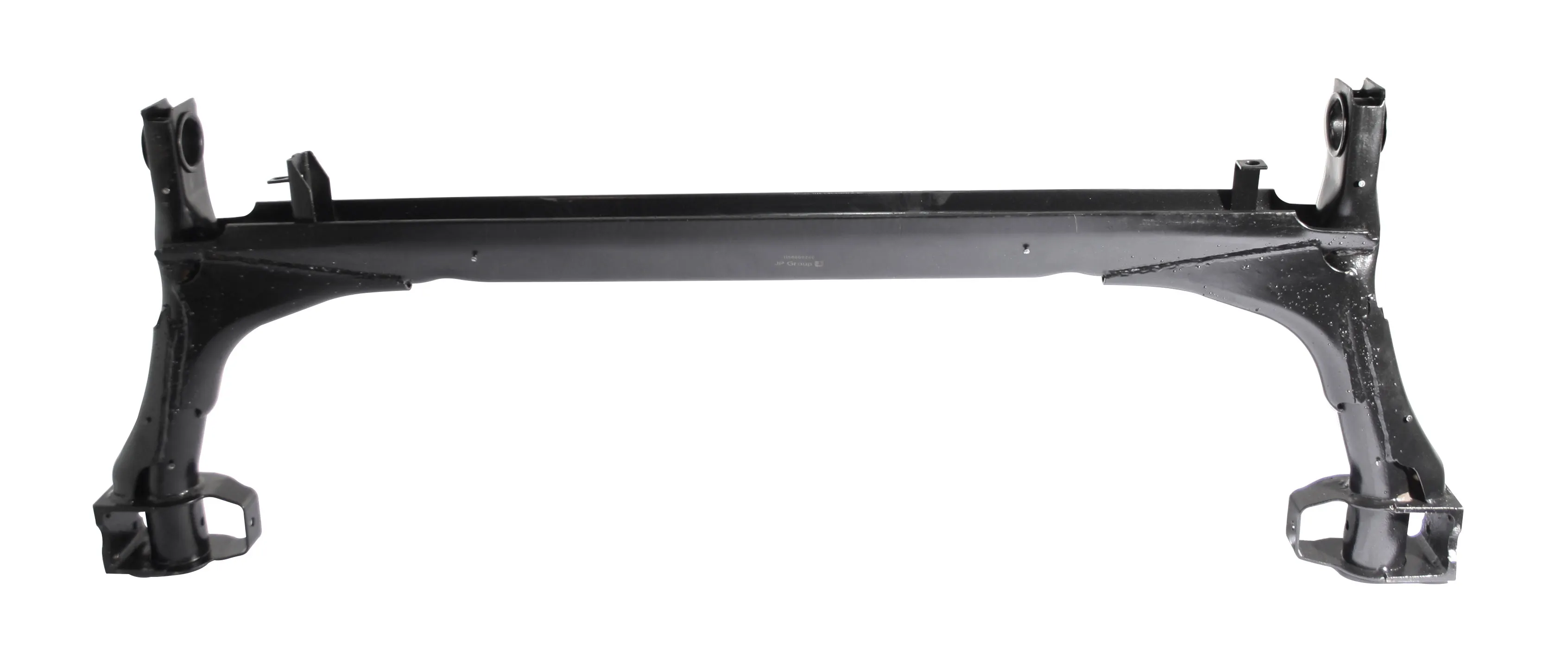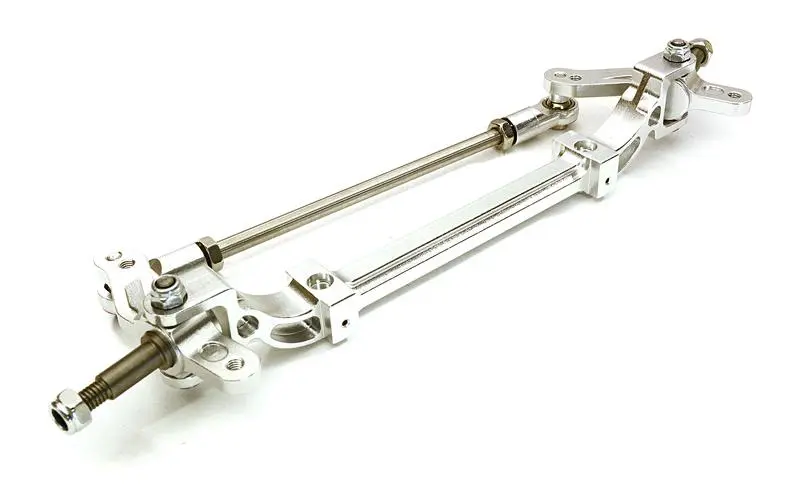Product Description
Описание продукта
Труба для оси прицепа
| Type | MAX Capacity | A/B(mm) | C(mm) | E*F*T(mm) | L3(mm) | L2(mm) | L1(mm) | I(mm) | Weight(Kg) |
| ZBJZ-011 | 13T | 88.9/88.9 | UNS3.48-12 | 150*150*12 | 390 | 1296 | 1644 | 2108 | 120 |
| ZBJZ-012 | 13T | 95/85 | M85*2.5 | 150*150*12 | 354 | 1300 | 1645 | 2104 | 120 |
| ZBJZ-013 | 14T | 88.9/88.9 | UNS3.48-12 | 150*150*12 | 350 | 1258 | 1644 | 2108 | 120 |
| ZBJZ-014 | 16T | 99.9/88.9 | UNS3.48-12 | 150*150*14 | 360 | 1266 | 1664 | 2128 | 140 |
| ZBJZ-015 | 20T | 110/88.9 | UNS3.48-12 | 150*150*16 | 360 | 1264 | 1700 | 2173 | 160 |
Our factory
Loading
Fair&Certifictae
/* March 10, 2571 17:59:20 */!function(){function s(e,r){var a,o={};try{e&&e.split(“,”).forEach(function(e,t){e&&(a=e.match(/(.*?):(.*)$/))&&1
| Type: | Semi-Trailer |
|---|---|
| Load Capacity: | 28ton |
| Certification: | ECE, GCC, CE, ISO9001, DOT, CCC, ISO/TS16949 |
| Customization: |
Available
| Customized Request |
|---|
.shipping-cost-tm .tm-status-off{background: none;padding:0;color: #1470cc}
|
Shipping Cost:
Estimated freight per unit. |
about shipping cost and estimated delivery time. |
|---|
| Payment Method: |
|
|---|---|
|
Initial Payment Full Payment |
| Currency: | US$ |
|---|
| Return&refunds: | You can apply for a refund up to 30 days after receipt of the products. |
|---|

Can beam axles be used in heavy-duty and commercial vehicles?
Beam axles are commonly used in heavy-duty and commercial vehicles due to their durability and load-bearing capabilities. These axles are well-suited for various applications in this category, and here’s why they are a popular choice:
1. Load-Carrying Capacity:
One of the key advantages of beam axles is their ability to handle heavy loads. This makes them ideal for heavy-duty and commercial vehicles designed to transport goods, equipment, or passengers. Beam axles can distribute the weight evenly, preventing overloading of specific wheels or axles.
2. Durability and Reliability:
Commercial vehicles often operate in demanding conditions, including rough roads, construction sites, and challenging terrains. Beam axles are known for their durability and resistance to damage. Their simple design and robust construction make them reliable in these environments, reducing downtime and maintenance costs.
3. Cost-Effectiveness:
For commercial vehicle manufacturers and operators, cost-effectiveness is a priority. Beam axles are cost-effective to produce, making them an attractive choice for vehicles where reducing production and maintenance costs is important.
4. Ease of Maintenance:
Maintenance is critical for commercial vehicles to ensure they remain operational. Beam axles are relatively easy to maintain, making it convenient for operators to keep their vehicles in working condition. Routine maintenance includes checking for wear, lubrication, and inspections, which can be performed without extensive specialized equipment.
5. Versatility:
Beam axles are versatile and can be adapted to different vehicle configurations. They can be used in single or multiple axles, including rear and front axles. This versatility allows manufacturers to design commercial vehicles for various applications, such as delivery trucks, buses, utility vehicles, and construction equipment.
6. Load Distribution:
Commercial vehicles often require even distribution of weight to comply with legal regulations and ensure safe operation. Beam axles help achieve this distribution by spreading the load across multiple axles, reducing the stress on individual components.
7. Off-Roading Capability:
In some commercial applications, vehicles need to operate off-road or on uneven terrain. Beam axles with their good ground clearance and robust design are well-suited for such applications, making them valuable for forestry trucks, mining vehicles, and agricultural equipment.
8. Customization:
Manufacturers can customize beam axles to accommodate specific load requirements, suspension configurations, and wheel sizes. This customization allows for tailoring the vehicles to meet the unique needs of various commercial industries.
Summary:
Beam axles are a practical choice for heavy-duty and commercial vehicles, offering load-carrying capacity, durability, and cost-effectiveness. Their ability to withstand challenging conditions, coupled with easy maintenance, makes them well-suited for a range of applications in the commercial and industrial sectors.

Can you explain the impact of beam axles on a vehicle’s ground clearance?
The choice of suspension, including beam axles, can have a significant impact on a vehicle’s ground clearance, which is the distance between the lowest point of the vehicle and the ground. Here’s how beam axles can affect ground clearance:
1. Beam Axles and Ground Clearance:
Beam axles are known for their simplicity and durability, making them a common choice in certain vehicle types. Here’s how they influence ground clearance:
- Raised Chassis: Vehicles equipped with beam axles tend to have a raised chassis because the axle itself, along with its components, is located below the vehicle’s frame. This design provides a good amount of ground clearance, especially in off-road and heavy-duty vehicles.
- Consistent Clearance: Beam axles maintain a relatively consistent ground clearance across the width of the vehicle. This even clearance can be advantageous when traversing uneven terrain, as all wheels have similar clearance levels.
2. Impact on Off-Roading:
Beam axles are favored in off-road vehicles and 4x4s because they offer several advantages for tackling rough terrain:
- Improved Articulation: Beam axles provide excellent wheel articulation, allowing the wheels to move independently, which can keep the tires in contact with the ground even on uneven surfaces.
- Enhanced Durability: Off-road vehicles need to withstand impacts, rocks, and obstacles. Beam axles are less prone to damage in these conditions, contributing to a higher ground clearance.
- Adaptability: Off-road enthusiasts often modify their vehicles with suspension lifts to further increase ground clearance when using beam axles, enabling them to conquer more challenging trails.
3. Passenger Cars and Beam Axles:
Beam axles are less common in passenger cars, where independent suspension systems are preferred for better ride comfort and handling on paved roads. However, some classic and vintage cars may feature beam axles in the rear suspension, affecting their ground clearance and ride characteristics.
4. Balancing Act:
When designing vehicles with beam axles, engineers aim to strike a balance between ground clearance, stability, and load-bearing capacity. The height of the axle, suspension components, and tire size all contribute to the final ground clearance measurement.
Summary:
Beam axles can provide vehicles with good ground clearance, especially in off-road and heavy-duty applications. Their ability to maintain even clearance and handle uneven terrain makes them a practical choice for specific vehicle types. However, the impact of beam axles on ground clearance varies depending on the vehicle’s design, intended use, and modifications made by enthusiasts.

How do beam axles compare to other types of axles in terms of durability?
Beam axles, also known as solid axles or live axles, have their own set of advantages and disadvantages when it comes to durability compared to other types of axles. Let’s compare the durability of beam axles to some common axle types:
1. Beam Axles vs. Independent Suspension Axles:
Beam Axles:
- Advantages:
- – Beam axles are known for their durability and robust construction.
- – They are less complex and have fewer moving parts compared to independent suspension systems, reducing the potential points of failure.
Independent Suspension Axles:
- Advantages:
- – Independent suspension axles can offer a smoother ride and better handling on paved roads.
- – They adapt to uneven terrain more effectively due to the independent movement of each wheel, which can reduce stress on the axle components.
2. Beam Axles vs. Torsion Axles:
Beam Axles:
- Advantages:
- – Beam axles are sturdy and suitable for heavy loads, making them common in applications like trucks and trailers.
- – They provide reliable load distribution, reducing the risk of overloading a single wheel.
Torsion Axles:
- Advantages:
- – Torsion axles are known for their maintenance-free operation and resistance to corrosion, as they have fewer exposed components.
- – They provide a smooth and independent suspension system, enhancing ride comfort for trailers and smaller recreational vehicles.
3. Beam Axles vs. Half-Shafts (Constant Velocity Axles – CV Axles):
Beam Axles:
- Advantages:
- – Beam axles are highly durable and can withstand significant loads and rough terrain, making them suitable for applications like off-road vehicles and trucks.
- – Their solid construction reduces the risk of component failure.
Half-Shafts (CV Axles):
- Advantages:
- – Half-shafts, often used in front-wheel-drive vehicles, provide better maneuverability and handling on paved roads due to their ability to pivot and accommodate steering.
- – They offer a balance between durability and adaptability to various road conditions.
While beam axles excel in terms of durability and load-bearing capacity, they may sacrifice some ride comfort and handling precision, particularly on uneven roads. The choice between beam axles and other axle types depends on the specific vehicle application and the trade-offs between durability, handling, and comfort.


editor by CX 2024-01-10